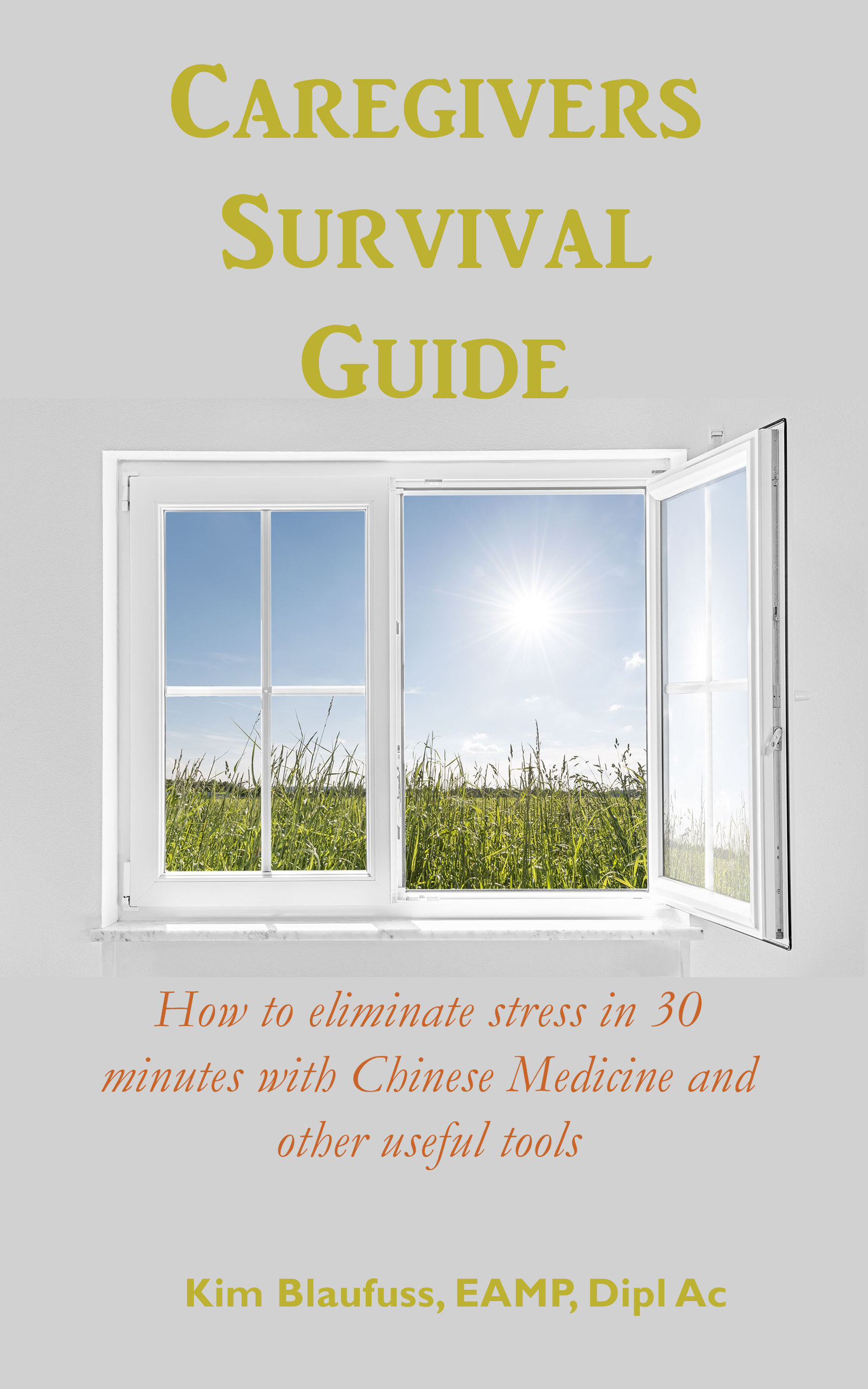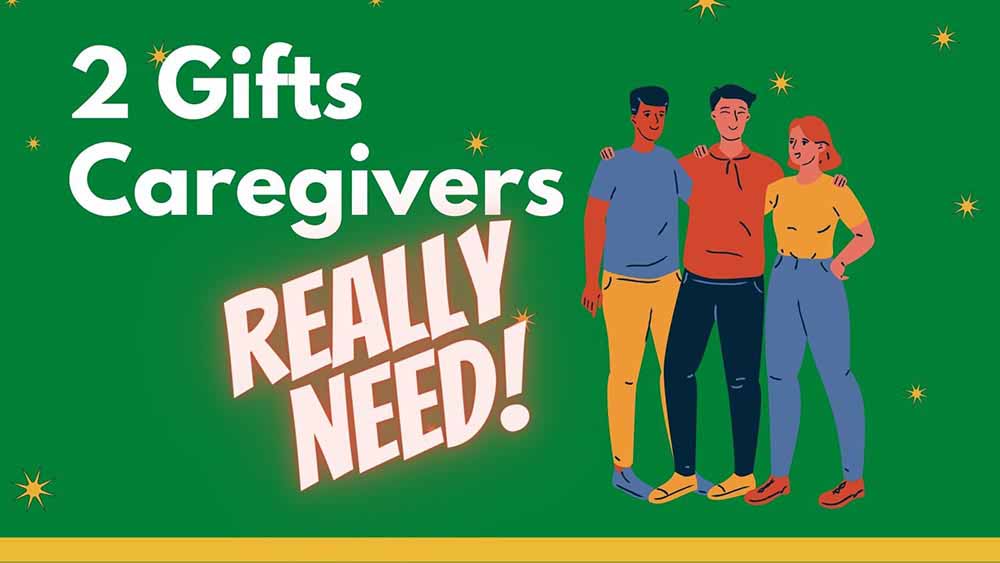Wow, it’s November and it’s National Family Caregivers Month. I was watching CBS News this morning, and they were showing suicide statistics. During this pandemic, caregivers have the second-highest suicide rate.
 | I remember being here last year with my book “Caregivers Survival Guide, How to Eliminate Stress in 30 Minutes and Other Useful Tools.” |
I don’t know how a whole year has passed. It hasn’t helped that this year has been a time warp of events that have pretty much made no sense. What has made this year incredibly challenging for caregivers is the pandemic. As the number of people testing positive for Covid-19 increases, the challenges increase.
To caregivers, I want to acknowledge you for opening yourself up to one of the most potent experiences this life will offer. Every caregiver must navigate the diversity of emotions and energy caregiving takes. Here are two things you can do to help anyone who is a caregiver.
Caregiving is filled with love, joy, exhilaration, beauty, pain, and sorrow. This creates a rollercoaster of emotions. It’s the emotional rollercoaster that caregivers need help processing.
If you are a friend of a caregiver, one of the best gifts you can give them is time…time to listen and talk with them. Just like new mothers sometimes need a break from baby talk and cherish the ability to have a normal grown-up chat, caregivers need that break, too. If you can be a friend who allows a caregiver to unload some of the pain of caregiving, you would be genuine gold. Being that friend can mean the difference between surviving another day when the s**t got really real or having a breakdown.
I have a great friend who is that true gold friend. I would be upset and she would listen to me and sympathize because even though you love people, it doesn’t mean it will always be sunflowers and roses. A normal relationship will have conflicts. Caregiving can be more surreal than other relationships. What I noticed happened for caregivers is that there will be one story of frustration playing out repeatedly.
You’ll hear the same story not because they can’t get over it. You’ll hear it repeatedly because caregivers are in the middle of a crisis with other people who are also in the middle of a crisis. It’s not the best time to think they will go through an in-depth self-discovery. It would be best if you were amazed that they are not self-medicating, screaming at the top of their lungs, and checking out.
Caregivers need someone to tell their story. Talking is one of the critical ways people process and release stress. A 1988 study found talking about your problems and sharing negative emotions in a safe environment was profoundly healing. This type of interaction not only reduced stress, but it also strengthened the immune system and reduced physical and emotional suffering (Pennebaker, Kiecolt-Glaser, & Glaser, 1988).
To be a person with whom a caregiver can share their worst moments and most difficult emotions in a safe, non-judgmental way is one of the biggest blessings you can give a caregiver. Everyone living in a caregiving situation will have a story they need to share with others. Even though they have negative stories about people they love, realize they still love that person and are in a challenging situation. Maybe the whole point of service to another is to be vulnerable.
But there is even a bigger blessing you can give a caregiver. For caregivers who have their loved one at home and are experiencing 24×7 caregiving, the opportunity to have two to three hours for themselves is a golden gift. Caregiving has no time for yourself.
There was a 2009 report which found caregivers commonly experience social isolation. Due to the unique time requirements of caregiving, caregivers often lacked social contact. Caregivers found they had to sacrifice their leisure pursuits and hobbies to take care of the person they loved. Caregivers may be in a situation where they have to sacrifice their future earning potential by reducing their employment. (Brodaty, Donkin, 2009)
You remember raising the kids and how you felt you had no time for yourself. There was a difference with that. With each day, the kids gained more independence. One day they went to school, and you had the day to yourself. One day, they went to college.
Each day, they became more and more their person. With caregiving, it goes in reverse. Each day they become more and more dependant, and each day you can lose more and more of the person you once knew.
Before caregiving, you spent your time taking care of yourself. During caregiving, more and more of your time is taking care of someone else.
So, the second-best gift you can give a caregiver is a bit of time for themselves. Offering to help watch their loved one even though the offer doesn’t always work out can be a windfall for the caregiver. Sometimes it doesn’t work out because the caregiver is in a situation where the age of their loved one makes it more challenging to have a third party watching them. Their loved one may find unfamiliar faces scarier and scarier, or their behavior may have become problematic due to social norms becoming more optional as you age. Offering to sit and visit with their loved one while the caregiver is in the house still gives a great break.
To be willing to give your time to a caregiver to listen to their stories or help out for a couple of hours is two of the most precious things you can provide a caregiver. It’s great to have a month that helps bring awareness to the growing responsibility and growing population of caregivers.
Pennebaker, J. W., Kiecolt-Glaser, J. K., & Glaser, R. (1988). Disclosure of traumas and immune function: Health implications for psychotherapy. Journal of Consulting and Clinical Psychology, 56(2), 239–245. https://doi.org/10.1037/0022-006X.56.2.239
Brodaty, H., & Donkin, M. (2009). Family caregivers of people with dementia. Dialogues in clinical neuroscience, 11(2), 217–228.

